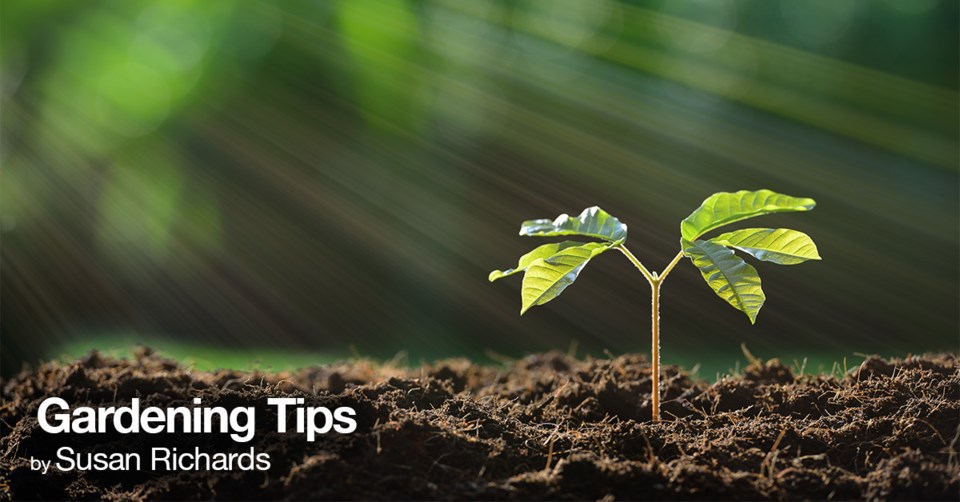This certainly has been a different summer than last year! Hot sunny weather and a bit of rain has made for lush gardens.
All my flowering shrubs and perennials are loaded with blooms. The large clump of hybrid lilies I have in the garden near my deck is loaded with about 100 flowers.
Now that August is well under way you should stop pruning your trees and shrubs. Pruning at this time of year will stimulate another flush of soft, tender growth that may not have a chance to harden off before cold winter temperatures arrive.
Plus you want all those buds that have formed to stay dormant until next spring.
However, you can remove dead wood at any time of year. It is best to prune dead branches and twigs as soon as you notice the problem. This allows the healthy tissue to start to heal up the pruning cut. Otherwise the area won't heal until the dead branch rots and falls away.
Remember not to prune the early spring blooming trees and shrubs now, in fall or early spring. They have already set flower buds for next season. Lilac, azalea and rhododendron have formed buds at the ends of the new growth. Instead, they should be pruned immediately after blooming.
Trees, shrubs and perennials also don’t need any more fertilizer that stimulates new grow. Plants need to harden off for winter. If you use anything at all, it should have a low first number (nitrogen), since that nutrient promotes leaf growth.
Focus on phosphorous for root development and potassium for overall health and hardiness. Those are the second and third numbers respectively.
Annuals should still be fertilized, deadheaded and pinched back until the end of the season. This will help them stay compact, healthy and blooming. I was out this morning picking off yellow leaves and pinching some of the leggy growth in my planters.
With good care, you should be able to enjoy your annuals right up until the frost.
If your lawn needs a pick-me-up, now is the time to fertilize again. Use a good quality organic food with a moderate nitrogen level. The first number on the package should still be the highest.
Examine any dead areas in the lawn to see if there was a pest at work. You may have damage from White Grubs as I've had reports of active feeding. If dead grass comes easily away with no roots, the problem was grubs. If sunken dead areas are still firmly rooted, Chinch bug was the culprit.
It will soon be time to apply a second round of beneficial nematodes to control White Grubs. Be sure the ground is moist before you apply the nematodes with a hose end spray.
Start in the damaged area and work your way outwards. Then keep the lawn watered for three days after the application; this will keep the nematodes alive until they enter the grubs.
Once you have killed the grubs, do a vigorous raking in the damaged areas to remove dead grass, spread some topsoil and reseed. Remember that newly scattered seed has to be kept constantly moist while the seed germinates and the young plants get established.
Now is a good time to take a few moments to assess your gardens. Make notes about perennials that are too crowded or need dividing. Fall is a good time for that task. Just leave fall blooming plants undisturbed. The spring is a better time to divide those ones.
You may also want to plant for planting a few trees and shrubs once summer heat has passed. There may be empty areas in your yard that need some work.
I hope we still have some nice summer and fall weather so that we can all enjoy our gardens for weeks to come. Soon fall pansies, mums, ornamental grasses and kale will arrive at the garden centres. They will be a nice splash of colour that will survive fall frosts.
